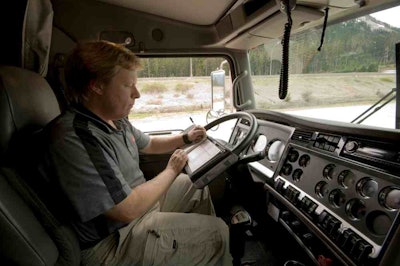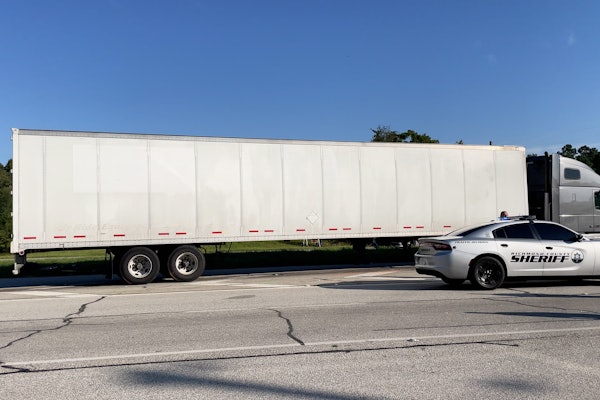
Based on the results of similar studies, Tim Hindes, CEO of Stay Metrics, hypothesized that dispatcher satisfaction matters only when drivers really like their dispatchers. The results of this most recent survey, however, told a different story.
The dispatchers that really drive turnover were the ones who were very dissatisfying. Conversely, drivers who indicated they were “very happy” with their dispatchers were no more likely to stay than those who were “neutral”. What the study shows is that dispatchers that scored highest in dissatisfaction are nearly twice as likely to cause turnover. Conversely, better dispatchers don’t impact retention any more than those dispatchers that are just average.
While most drivers report being neutral or satisfied toward their dispatchers, the unhappy ones are particularly likely to leave. In mulling over the results, Hindes concluded, “That’s the value of metrics. Sometimes they confirm your beliefs, and sometimes they don’t.”
Hindes indicated that Stay Metrics clients would be able to use their “Satisfaction Survey” results to identify dispatchers most prone to contributing to driver churn.
Stay Metrics continues to compile data from satisfaction surveys and plans to use the data to compile a profile of the type of dispatcher drivers are most satisfied with. Kurt LaDow, vice president of operations for Stay Metrics, says that once this is developed it could be as easy as a carrier looking at their monthly dispatcher rankings from top to bottom.
The new system takes the data and gives each dispatcher a “ranking” in the community. Those on the bottom may not be suited for the position or might need training, while those with higher ranks could be encouraged to share their techniques with other dispatchers to improve quality for the carrier.
The full report of the survey is available upon request by contacting Tim Hindes at [email protected]











